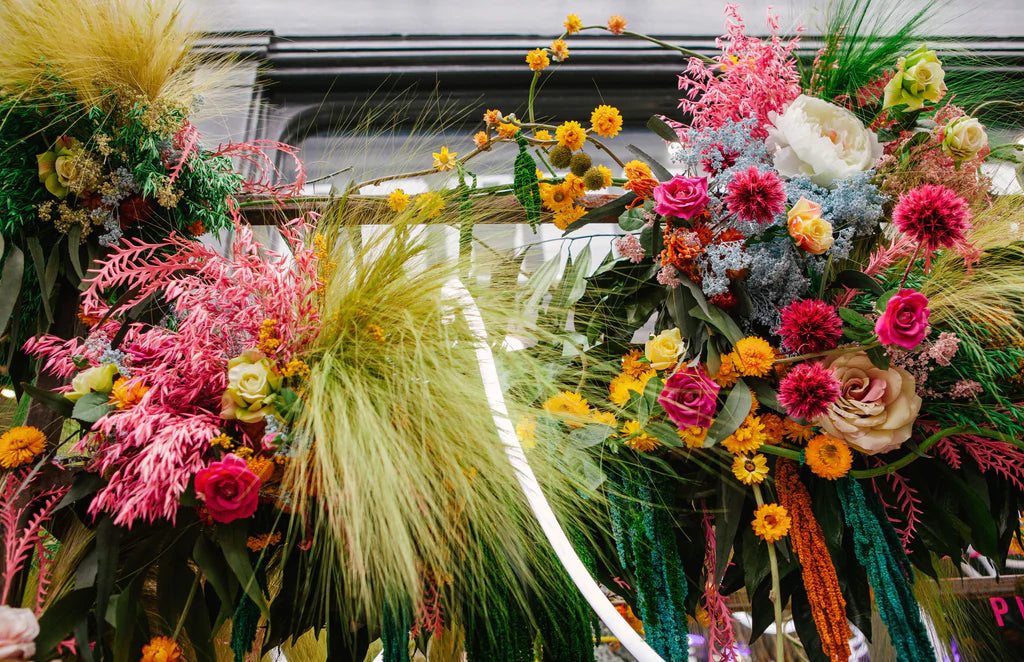Sarah Guerrero
Sarah Guerrero is a freelance writer and contributor to Slow North. She has a degree in international business from St. Mary’s University in San Antonio, Texas, and writes about sustainable business practices and ethical living.


 Photo by Corinne Kutz
Photo by Corinne Kutz
I live in an Ikea world. Most of the things in my house--tables, sheets, planters--have a thousand counterparts in a thousand other homes, and they (the tables, sheets, and so forth) are all exactly the same.
I’m not anti mass-production, but I find myself looking for a little more meaning in the world around me, and I love finding it in the symbolic language of flowers.
Like me, you might be most familiar with the flower language of the Victorian era. Europeans and people of European descent during the second half of the 1800s were tightly bound to a mind-boggling number of social conventions. But they seemed to find a great deal of freedom and creativity in communicating through flowers.
Black-eyed susan, for example, meant justice, while begonias were a warning. Pink camellias said “I’m longing for you,” while striped carnations were a refusal.
When Kate Middleton married Prince William, her wedding bouquet was steeped in meaning that went back to the Victorian era: plants like ivy, hyacinth, myrtle, and lily-of-the-valley represented things like purity, continuity, and love in marriage.
But Victorians were hardly the first to find meaning in flowers.
 Photo by Artsy Vibes
Photo by Artsy Vibes
I’m working on my garden right now, and one of the seeds I’m excited to plant is coneflower. It’s native to where I live and it’s pretty and easy to grow. But it has also been meaningful to many people, long before I existed or learned about it. The Navajo, for example, consider coneflower to be sacred, and the Utes call coneflowers “elk root” and believe elk eat it for its medicinal purposes.
(By the way, you’re probably more familiar with elk root than you think; its latin name is Echinacea.)
I’ll plant my elk root this weekend, and as I do, I’ll marvel at a people who live still today, and connected to this continent long before my ancestors arrived. When I watch my seeds sprout and grow and then begin to flower, I’ll gain a deeper appreciation for how connected I am to the world around me, even when I’m unaware.
Plants are magical. They heal us. They delight us. They teach us. And they speak to us. Here’s a short list of Victorian-era plant meanings (from this list):
And here’s a list of flowers and their meanings from Native American myths and legends (this site is packed with fascinating stories and details, if you’d like to learn more):

Featured collection